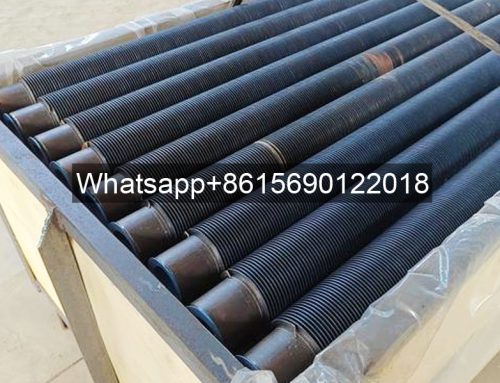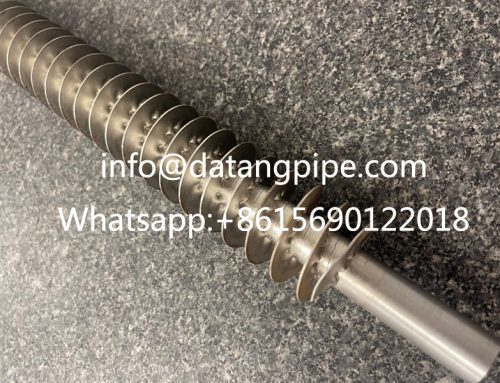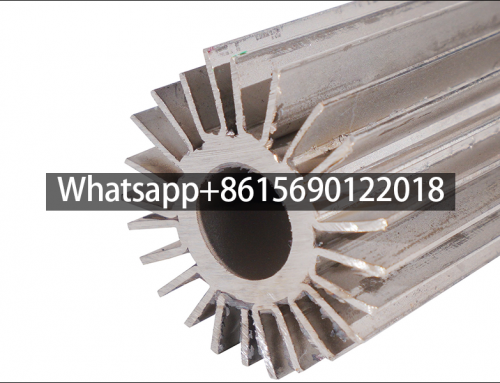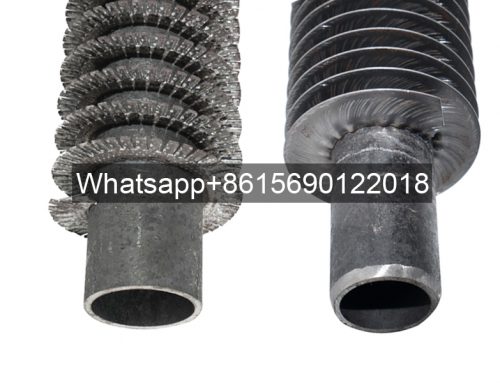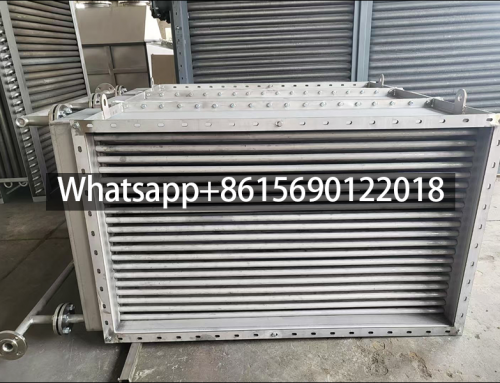Steel-aluminum finned tube is a kind of steel-aluminum composite tube which is rolled after compounding. It has the characteristics of tight bonding, low thermal resistance, good heat transfer effect and good corrosion resistance. By adding fins on the surface of the heat exchange tube, the outer surface area of the heat exchange tube is increased, so as to achieve the purpose of improving the efficiency.
Steel-aluminum finned tubes are cold-rolled from pressure-resistant tubes and aluminum tubes in special tools, also called bimetallic finned tubes, bimetallic rolled tubes. hot sex.
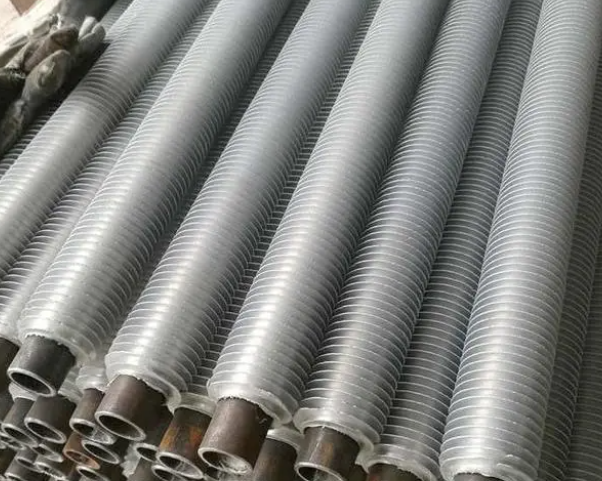
Advantages of steel aluminum finned tubes:
It has good high temperature resistance, pressure resistance and corrosion resistance. The appearance of aluminum material is beautiful, and its heat transfer performance is better than that of wound finned tubes. Its main media are steam, hot water, and heat transfer oil. in the water system.
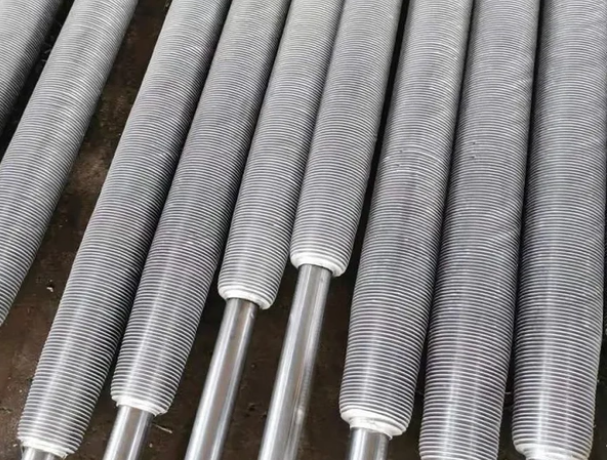
Steel aluminum finned tubes
The length of a single tube of aluminum finned tube is generally 6 meters, and the specific length can be customized according to customer requirements. Flange or thread is generally used for connection. It has high pressure resistance, long service life, and is safer and more reliable to use. The choice of cooling device for large areas.
Aluminum finned tubes can determine the processing technology according to the different use environments, determine the type of radiator according to the different places of use, and determine the different specifications and models of the radiator according to the different temperatures required by people.
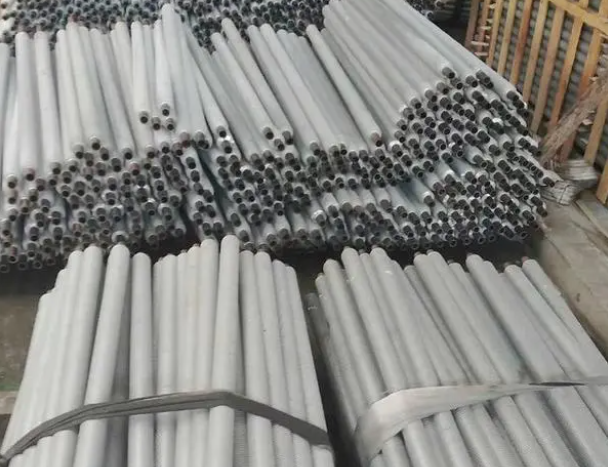
Steel tube aluminum fin
The aluminum composite finned tube has high temperature resistance. The steel pipe will not break or melt in high temperature. The anti-rust paint or silver powder on its surface is also safe and will not emit harmful gases to the human body. Steel-aluminum finned tubes have a wide range of applications and are used in industry, agriculture, chemical industry and other fields.
Aluminum finned tubes are widely used for air heating in chemical, machinery, textile printing and dyeing, chemical fiber, metallurgy, painting, wood and other drying processes. Heating in the building.


